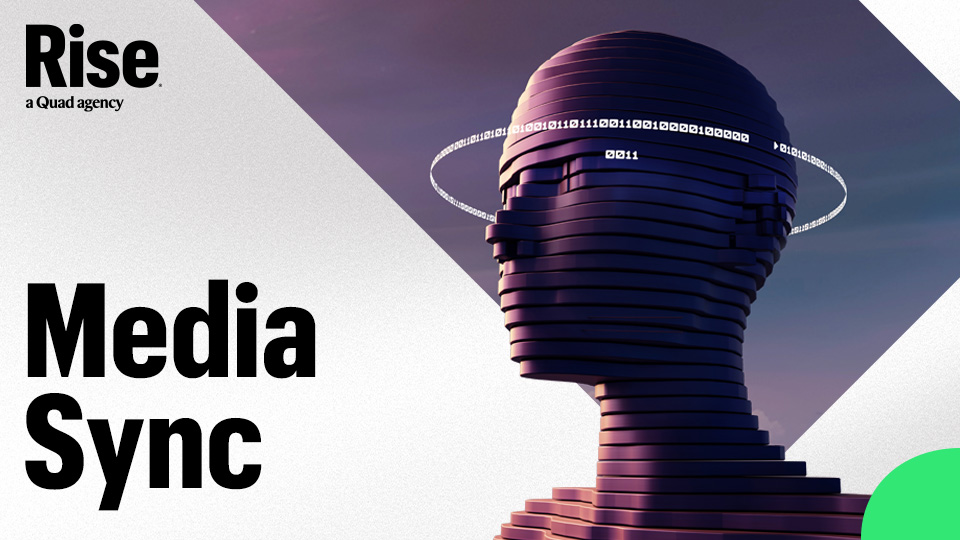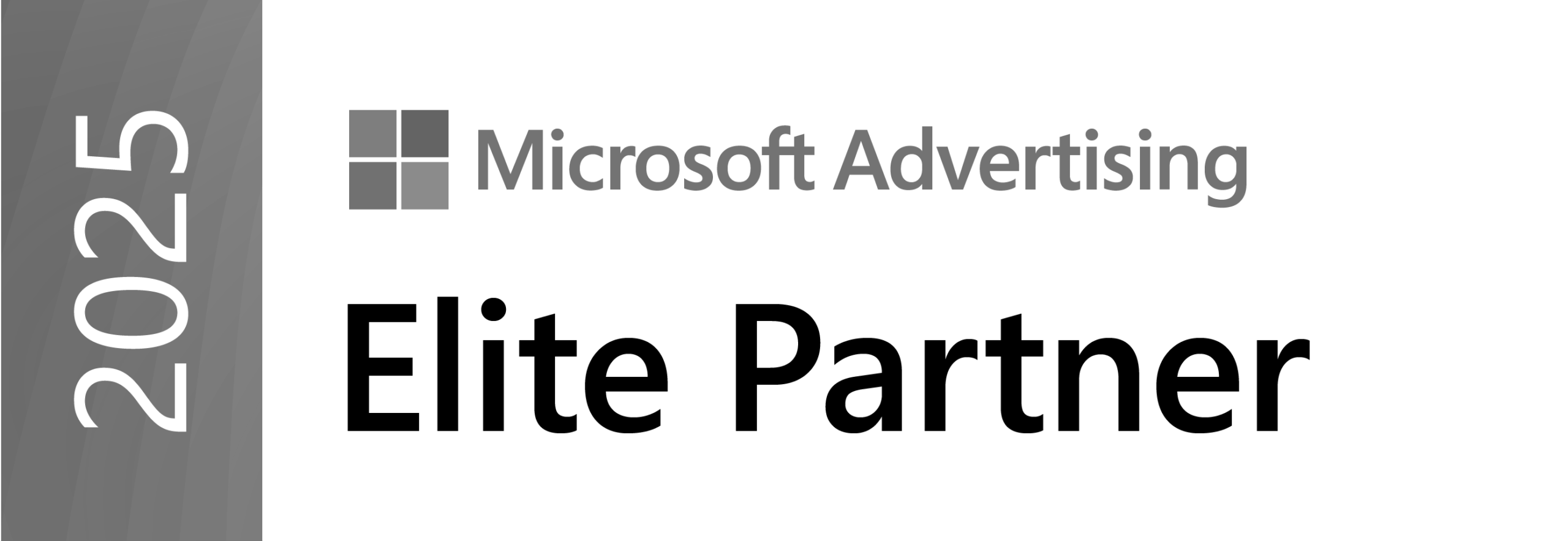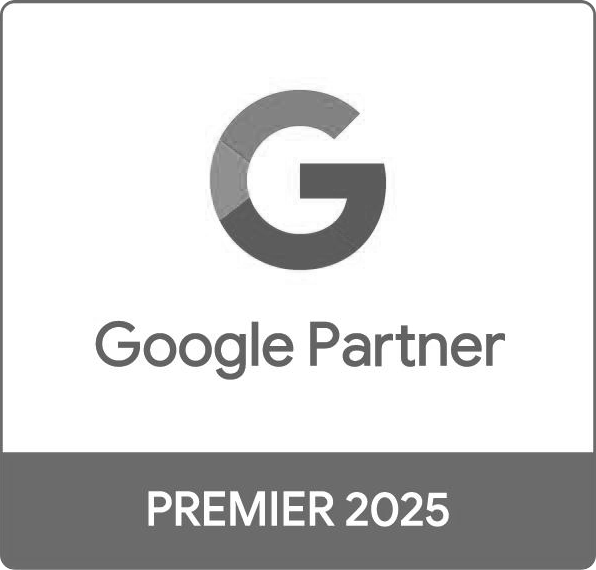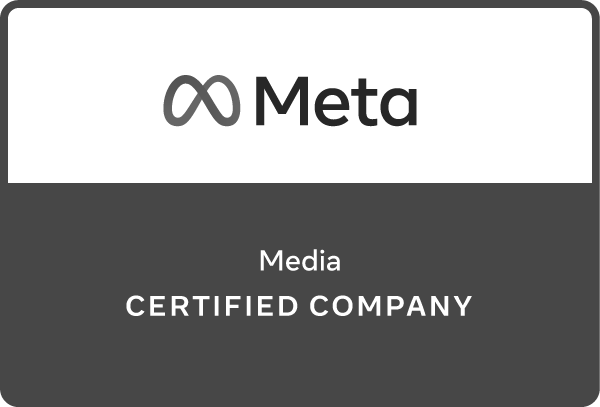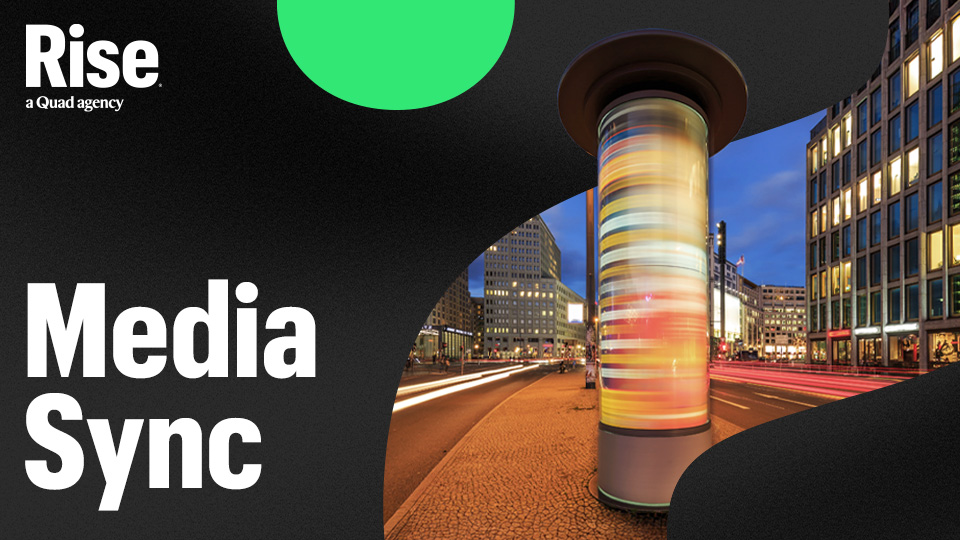
Rise Media Sync summarizes media and platform news of interest to marketers. Here are four key developments the Rise team is monitoring:
1. TikTok enhances AI ad features
What’s happening: TikTok is upgrading its AI-powered Smart+ ad suite, giving advertisers more granular control over campaign automation, creative elements and budget allocation.
What we know:
- Smart+ campaigns now allow advertisers to fully automate targeting, creative and budget, or handle customized automation on a module-by-module basis.
- GMV Max dashboards and third-party integrations, such as Google Analytics, provide more detailed insights into product, creator and campaign performance.
- TikTok has also added Symphony creative tools for automated video enhancements and recommendations (resizing, music, dubbing, etc.) to help brands capitalize during the holiday season.
Early indications and perspective: These updates signal TikTok’s push to make AI-driven automation more accessible without forcing advertisers to surrender strategic control. For brands, it’s a potential opportunity to build familiarity with Smart+ workflows and begin experimenting with campaign optimization before peak holiday periods. Early adopters are likely to benefit from improved targeting, measurement and creative management, positioning TikTok as a more attractive channel for performance-driven marketing.
2. Google’s Demand Gen adds image-to-video capability
What’s happening: Google is rolling out a new feature for Demand Gen campaigns that automatically converts existing image and text assets into videos across all aspect ratios.
What we know:
- The new tool is designed to increase campaign reach and performance across YouTube formats and other Google surfaces without added production cost.
- Auto-generated videos are optimized for both vertical and horizontal placements.
- This update applies to all image-only ad groups created before Aug. 27, with auto-generated videos beginning to serve after Oct. 31, unless advertisers opt out or adjust settings via Google Ads or through their Google reps.
Early indications and perspective: This change reinforces Google’s continued push toward video-first advertising, promising brands a low-effort way to increase creative variety and cross-channel impact. While the update offers clear efficiency gains, marketers should proactively review existing assets to ensure AI-generated videos align with brand voice and messaging. Leaning into this shift could accelerate adoption of Demand Gen video formats, allowing brands to maximize engagement before competition catches up.
3. DoubleVerify doubles down on Microsoft integration
What’s happening: DoubleVerify is deepening its partnership with Microsoft Advertising to authenticate and enhance measurement across a wider range of Microsoft and MSN platforms, including Bing, Outlook and some games.
What we know:
- The expansion allows for greater transparency in audience-targeting ads, supporting display, native and video formats across both Microsoft-owned and third-party sites.
- A new DV Campaign Automator tool also aims to streamline campaign setup, tag management, billing and reporting.
- Advertisers can now access detailed metrics and insights through DV Pinnacle, DoubleVerify’s analytics platform.
Early indications and perspective: This move signals Microsoft’s continued push toward more transparent, performance-driven ad ecosystems as AI-driven targeting grows. For advertisers, integrating DoubleVerify’s authentication tools should boost confidence in campaign quality and may reduce friction in setup and reporting. As AI-based ad delivery expands, leaning into these authenticated measurement tools could help agencies drive efficiency and trust.
4. Spotify expands programmatic access
What’s happening: Spotify has partnered with Amazon DSP and Yahoo DSP to expand its global audio and video inventory to programmatic buyers.
What we know:
-
Amazon DSP buyers can access Spotify inventory in nine major markets: the U.S., U.K., France, Germany, Italy, Spain, Brazil, Canada and Mexico.
- Yahoo DSP users get direct access to Spotify Ad Exchange for programmatic campaigns.
- Additional initiatives include a creative Split Testing tool and a Smartly partnership for expanded inventory, as well as plans to open Spotify Ad Exchange to Megaphone podcast publishers next year.
Early indications and perspective: These partnerships position Spotify as a more flexible and scalable advertising platform, giving brands broader reach and improved targeting across streaming audio and video. Advertisers should explore programmatic buying through Amazon and Yahoo DSPs to leverage first-party signals and high-quality audience engagement. Spotify’s ongoing enhancements signal a push to strengthen its ad monetization while making its inventory easier to access for global campaigns.
Other media/platform news we’re watching:
If you made it this far, here’s a fun fact: The longest game in Major League Baseball history took place in 1984, when the Chicago White Sox defeated the Milwaukee Brewers in a 25-inning contest that lasted more than eight hours and required two days to complete.



